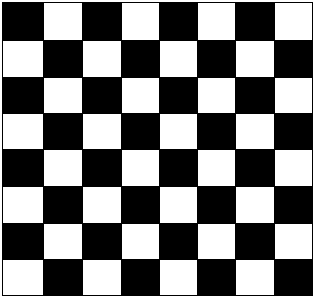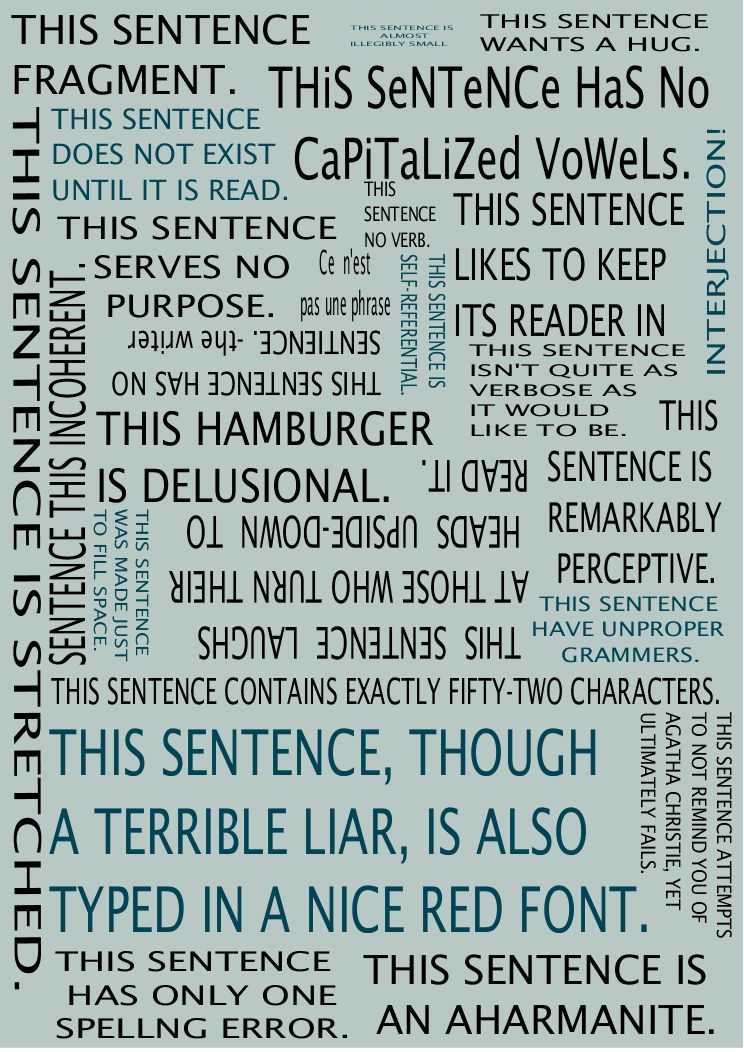1.a https://openlab.citytech.cuny.edu/2014-fall-mat-2071-reitz/?p=312#respond – “Doodling in Math class Infinity elephants”… This video talked about a game you can play in almost any shape you decide to draw. You pretty much have to draw circles and circles until you fill up the entire shape inside.
b. https://www.youtube.com/watch?v=Gx5D09s5X6U&list=TLDmvTd50jxGk&index=10 – “How to snakes”….. In this video she talks about snakes and how they can be arranged in many different ways like in the game “SNAKE”. She represented the binary numbers by changing the colors of the snakeskin.
c. https://www.youtube.com/watch?v=jG7vhMMXagQ&index=6&list=TLDmvTd50jxGk “Pi is (still) Wrong” In this video she says how instead of PI we should use TAU. Its funny how she is baking a pie while describing PI
2. In this video I found it rather confusing. This lady talks so fast and in the video doodling in math class she draws a lot of different animals and wierd shapes and talks about how doodling in math class is fun. I was a little confused because she jumps from talking about one thing to talking about another. One thing that I learned from the video was how she compared the “series” application into drawing elephants grabbing eachother’s tails infinetely. I found that very interesting. One question I still have is that if she can relate all of these videos to her own math life and how has it helped her?
3. What this video meant to me was inspiration. The way how she described doodling in math is a new form of way of looking at things from a different perspective. I know that sometimes I’ll begin doodling in my other classes like for example in “Number Theory” because I dont know whats going on in there. I will begin doodling about random things that dont relate to math in a sense, however I will keep track of each time I doodle and see how I can relate it to any math topic. This video wasnt really relevent to me in Prof. Rietz’s class.





